As A Paleo-artist, One Of My Biggest Pet Peeves Are Prehistoric Whales Reconstructed Not As Whales But

As a paleo-artist, one of my biggest pet peeves are prehistoric whales reconstructed not as whales but as sinewy, snarling, shrink-wrapped marine reptiles. It’s just not a plausible reconstruction, even if it’s highly speculative, and it paints an incorrect image in the public eye. Granted, this is a struggle I’ve exlpored in all forms of paleo-art and reconstructive illustration. But the whales have really been getting to me recently.
Here are some recontructions of Basilosaurus, if you don’t know what I mean (one by Karen Carr, the other by an artist I could not determine):


These snakey, reptilious reconstructions may stem from the fact that Basilosaurus, one of the first early cetaceans to be found, was believed to be a reptile when first discovered (hence the name). Maybe we simply haven’t fully shaken that mindset.
But still! Even the damn Smithsonian, which has such a wonderful collection of ancient cetaceans, is at fault in this:

Don’t even get me started on their recently-closed dinosaur hall. Thank the lord they’re finally renovating that dated piece of crap.
I have struggled to find a way to reconstruct these animals so that they are just a little bit more believeable. Up top I’ve done a really really quick sketch of Dorudon. I tried to not only make its body more streamlined and whale-like (because Dorudon has a lovely, almost but not quite modern-looking skeleton), but I also tried to give it markings similar to what we find on modern cetaceans for camouflage. Because hey, who’s to say they didn’t have ‘em? I tried to make them familiar but not directly copied from any modern species.
Aaaaand end rant.
More Posts from Saients and Others





Vera Rubin, the woman who discovered the first evidence of dark matter, has died at 88
Vera Rubin, the astrophysicist responsible for confirming the first existence of dark matter, died on Sunday night at the age of 88.
Carnegie Institution president Matthew Scott called Rubin “a national treasure as an accomplished astronomer and a wonderful role model for young scientist.”
Rubin and her colleagues observed galaxies in the 1970s, they learned the motion of stars is a result of a “material that does not emit light and extends beyond the optical galaxy” — also known as dark matter.
Swiss astrophysicist Fritz Zwicky proposed the idea of dark matter in 1933, but Rubin’s groundbreaking work subsequently led to the confirmation of the material.
This finding is what led to the discovery that 90% of the universe is made up of dark matter, a finding some colleagues felt was overlooked and deserving of a Nobel Prize. Read more
follow @the-future-now
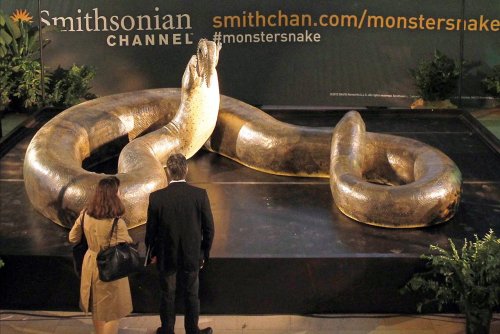
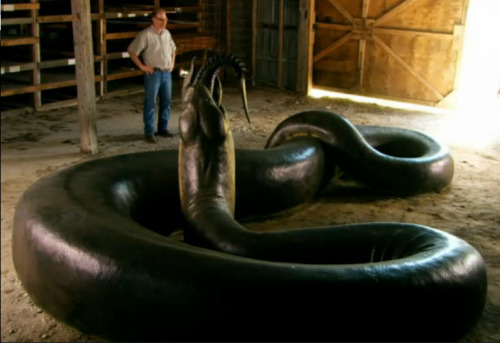
The Titanoboa, is a 48ft long snake dating from around 60-58million years ago. It had a rib cage 2ft wide, allowing it to eat whole crocodiles, and surrounding the ribcage were muscles so powerful that it could crush a rhino. Titanoboa was so big it couldn’t even spend long amounts of time on land, because the force of gravity acting on it would cause it to suffocate under its own weight.
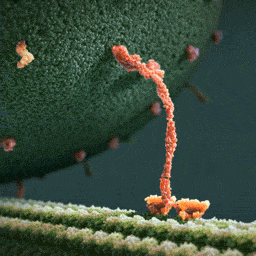
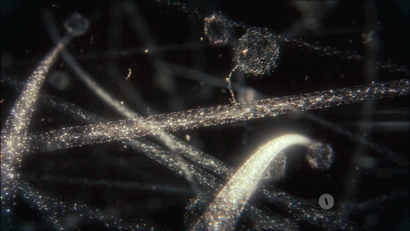
Your body is an incredibly bizarre machine.
“What you see is a myosin protein dragging an endorphin along a filament to the inner part of the brain’s parietal cortex which creates happiness. Happiness. You’re looking at happiness.”
23 science facts we didn't know at the start of 2016
1. Gravitational waves are real. More than 100 years after Einstein first predicted them, researchers finally detected the elusive ripples in space time this year. We’ve now seen three gravitational wave events in total.
2. Sloths almost die every time they poop, and it looks agonising.
3. It’s possible to live for more than a year without a heart in your body.
4. It’s also possible to live a normal life without 90 percent of your brain.
5. There are strange, metallic sounds coming from the Mariana trench, the deepest point on Earth’s surface. Scientists currently think the noise is a new kind of baleen whale call.
6. A revolutionary new type of nuclear fusion machine being trialled in Germany really works, and could be the key to clean, unlimited energy.
7. There’s an Earth-like planet just 4.2 light-years away in the Alpha Centauri star system - and scientists are already planning a mission to visit it.
8. Earth has a second mini-moon orbiting it, known as a ‘quasi-satellite’. It’s called 2016 HO3.
9. There might be a ninth planet in our Solar System (no, Pluto doesn’t count).
10. The first written record demonstrating the laws of friction has been hiding inside Leonardo da Vinci’s “irrelevant scribbles” for the past 500 years.
11. Zika virus can be spread sexually, and it really does cause microcephaly in babies.
12. Crows have big ears, and they’re kinda terrifying.
13. The largest known prime number is 274,207,281– 1, which is a ridiculous 22 million digits in length. It’s 5 million digits longer than the second largest prime.
14. The North Pole is slowly moving towards London, due to the planet’s shifting water content.
15. Earth lost enough sea ice this year to cover the entire land mass of India.
16. Artificial intelligence can beat humans at Go.
17. Tardigrades are so indestructible because they have an in-built toolkit to protect their DNA from damage. These tiny creatures can survive being frozen for decades, can bounce back from total desiccation, and can even handle the harsh radiation of space.
18. There are two liquid states of water.
19. Pear-shaped atomic nuclei exist, and they make time travel seem pretty damn impossible.
20. Dinosaurs had glorious tail feathers, and they were floppy.
21. One third of the planet can no longer see the Milky Way from where they live.
22. There’s a giant, 1.5-billion-cubic-metre (54-billion-cubic-foot) field of precious helium gas in Tanzania.
23. The ‘impossible’ EM Drive is the propulsion system that just won’t quit. NASA says it really does seem to produce thrust - but they still have no idea how. We’ll save that mystery for 2017.
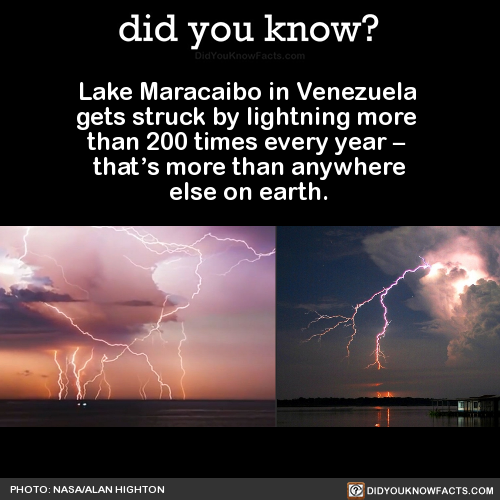
Lake Maracaibo in Venezuela gets struck by lightning more than 200 times every year – that’s more than anywhere else on earth. Source
Fve-miles above Lake Maracaibo, storm clouds gather up to 160 nights per year and can last for up to 10 hours.

Do you know what missiles at night look like? They look like this:

and this:

and these:

But do you know what they do not fucking loOK LIKE?? THIS:

OR THIS:

And they don’t fucking sound like this (listen with earbuds/headphones): https://twitter.com/angelsuxx/status/663202170502680577
This has been disproving the government’s bullshit with Lily
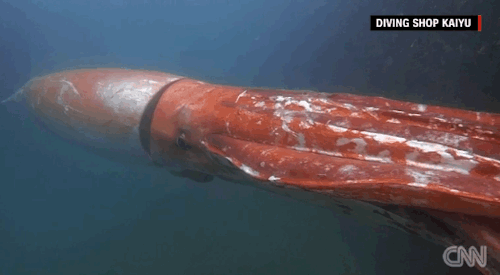
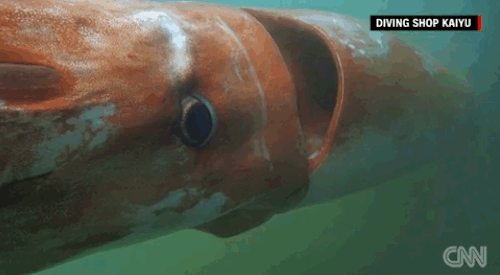
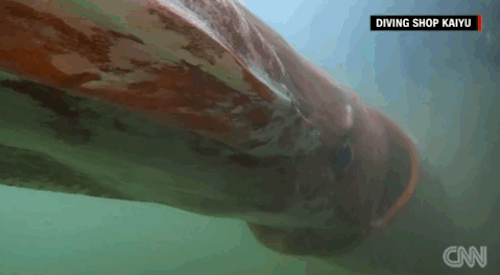
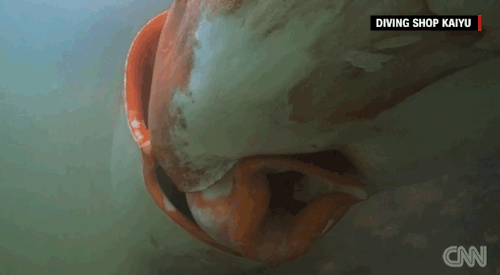


Giant squids might be even bigger than we realized
According to research from Charles Paxton, fisheries ecologist and statistician at Scotland’s University of St. Andrews, published in the Journal of Zoology this month, the giant squid could grow to reach as much as 65 feet. But even that is a “conservative analysis,” as size could protect against their #1 predator.
Follow @the-future-now
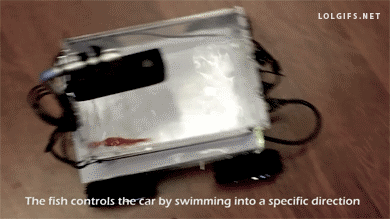

Fish on Wheels


After 40 years, scientists may have solved the mystery of the “Wow!” space signal
In August of 1977, a group of astronomers examining radio transmissions in Ohio received a mysterious signal from an unknown source.
Shocked by its incredible length — 72 seconds — one scientist scribbled “Wow!” next to the recording, inadvertently giving the unusual communication a nickname that would last decades.
Now, after 40 years of grappling with possible explanations for the Wow! signal — which even include the possibility of aliens — scientists at the Center for Planetary Science have finally solved the puzzle.
A comet unknown to researchers in the 1970s likely caused the signal, and researchers were able to test that theory in a recent fly-by. Read more (6/8/17)
follow @the-future-now
-
 cofa liked this · 1 year ago
cofa liked this · 1 year ago -
 ihaveapproximately4bones liked this · 1 year ago
ihaveapproximately4bones liked this · 1 year ago -
 tyrexdudeforever2020 liked this · 1 year ago
tyrexdudeforever2020 liked this · 1 year ago -
 m3nyas reblogged this · 3 years ago
m3nyas reblogged this · 3 years ago -
 m3nyas liked this · 3 years ago
m3nyas liked this · 3 years ago -
 spyrothesquish-0006 reblogged this · 3 years ago
spyrothesquish-0006 reblogged this · 3 years ago -
 duckeyboos liked this · 4 years ago
duckeyboos liked this · 4 years ago -
 godlybellyrubs liked this · 4 years ago
godlybellyrubs liked this · 4 years ago -
 cubot liked this · 4 years ago
cubot liked this · 4 years ago -
 basil0saurus95-main reblogged this · 4 years ago
basil0saurus95-main reblogged this · 4 years ago -
 basil0saurus95-main liked this · 4 years ago
basil0saurus95-main liked this · 4 years ago -
 artistic-octopus liked this · 4 years ago
artistic-octopus liked this · 4 years ago -
 gothicdemon liked this · 4 years ago
gothicdemon liked this · 4 years ago -
 arseniccattails liked this · 5 years ago
arseniccattails liked this · 5 years ago -
 avidfireflycatcher reblogged this · 5 years ago
avidfireflycatcher reblogged this · 5 years ago -
 avidfireflycatcher liked this · 5 years ago
avidfireflycatcher liked this · 5 years ago -
 liphistius liked this · 5 years ago
liphistius liked this · 5 years ago -
 fraidycat-notfr reblogged this · 5 years ago
fraidycat-notfr reblogged this · 5 years ago -
 fraidycat-fr liked this · 5 years ago
fraidycat-fr liked this · 5 years ago -
 cataradical liked this · 5 years ago
cataradical liked this · 5 years ago -
 chemistfail reblogged this · 5 years ago
chemistfail reblogged this · 5 years ago -
 chemistfail liked this · 5 years ago
chemistfail liked this · 5 years ago -
 thebeetleb0y reblogged this · 5 years ago
thebeetleb0y reblogged this · 5 years ago -
 i-am-fibsh reblogged this · 6 years ago
i-am-fibsh reblogged this · 6 years ago -
 manolo-vortex liked this · 6 years ago
manolo-vortex liked this · 6 years ago -
 oceanblogger liked this · 6 years ago
oceanblogger liked this · 6 years ago -
 bookbunny9 liked this · 6 years ago
bookbunny9 liked this · 6 years ago -
 skinandmischief liked this · 6 years ago
skinandmischief liked this · 6 years ago -
 ivewashere liked this · 6 years ago
ivewashere liked this · 6 years ago -
 admantus reblogged this · 7 years ago
admantus reblogged this · 7 years ago -
 admantus liked this · 7 years ago
admantus liked this · 7 years ago -
 thedarkitalian reblogged this · 7 years ago
thedarkitalian reblogged this · 7 years ago -
 wandering-shepard liked this · 7 years ago
wandering-shepard liked this · 7 years ago -
 paranoidseamster liked this · 7 years ago
paranoidseamster liked this · 7 years ago -
 toastyfeelings liked this · 8 years ago
toastyfeelings liked this · 8 years ago -
 emperorclaudiusofficial liked this · 8 years ago
emperorclaudiusofficial liked this · 8 years ago -
 seaki liked this · 8 years ago
seaki liked this · 8 years ago -
 feyland reblogged this · 8 years ago
feyland reblogged this · 8 years ago -
 howsitshakinbacon liked this · 8 years ago
howsitshakinbacon liked this · 8 years ago -
 forgetmenotblues reblogged this · 8 years ago
forgetmenotblues reblogged this · 8 years ago -
 gentlepresent reblogged this · 8 years ago
gentlepresent reblogged this · 8 years ago
Stardate: 2258.42...or, uh, 4... Whatever. Life is weird, at least we've got science.
75 posts
